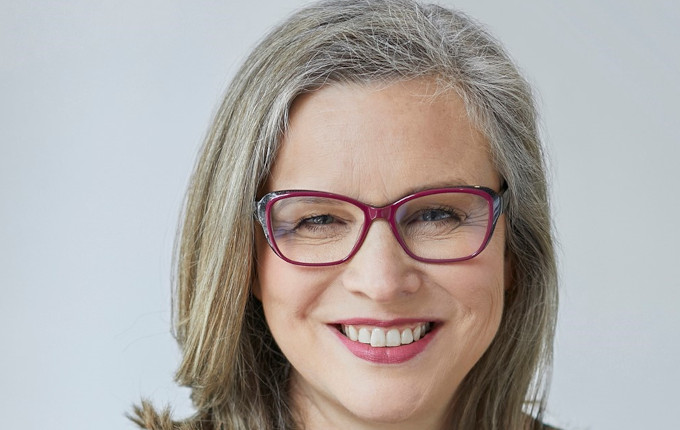Inflation has reached its highest point since the 1990s in Australia. We speak with the Future Fund’s Wendy Norris about how it is building inflation resilience into the portfolio.
Register to Access this Exclusive [i3] Insights Article
Create a free account to access exclusive interviews with asset owners, revealing insights on investment strategies, market trends, and portfolio allocations.
If you already have an account you can Login .
If you have any issues registering an account please send us an email at [email protected].


